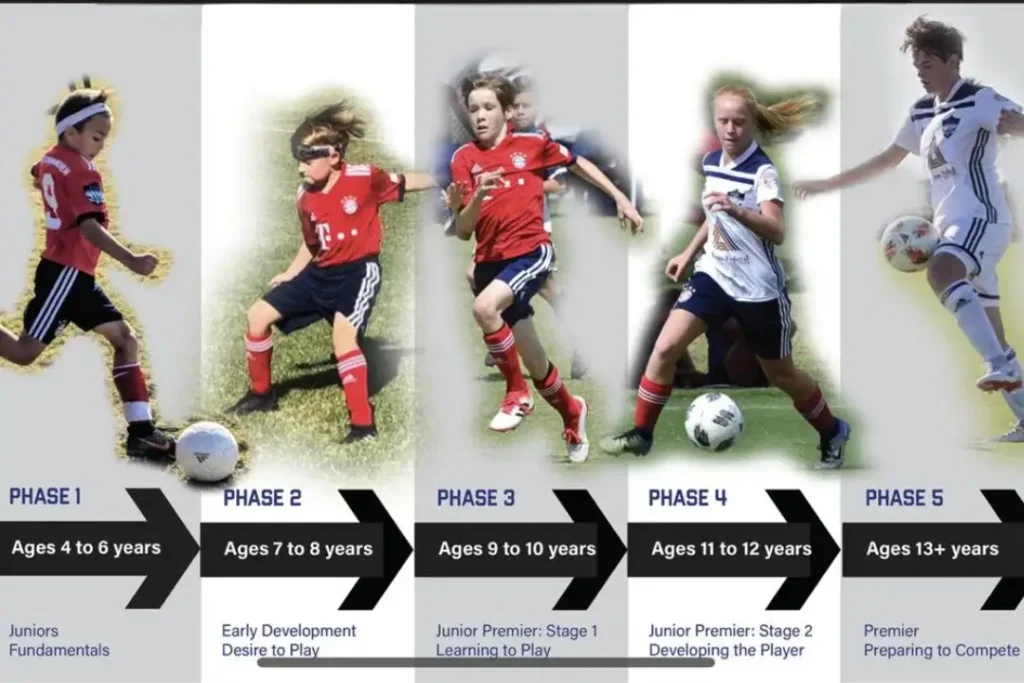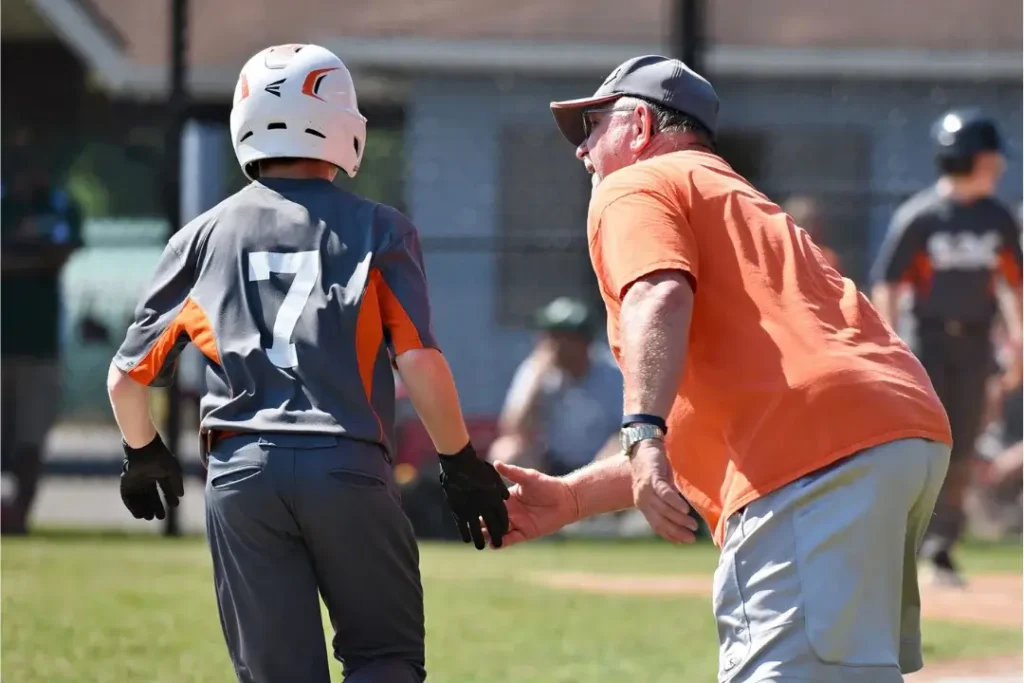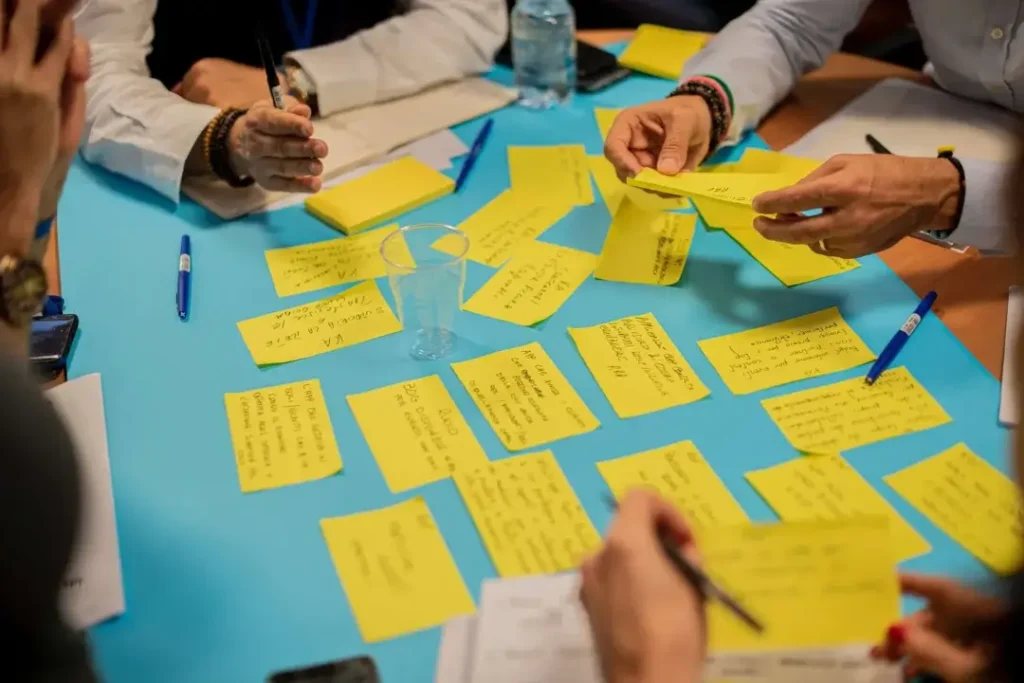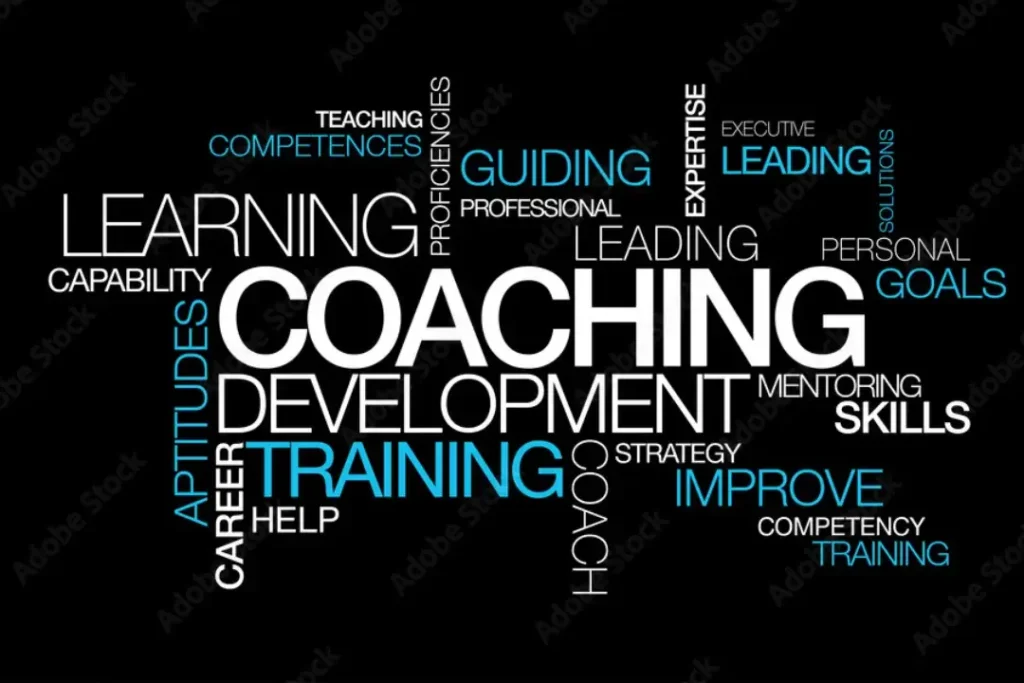
Why Clothing Brands Fail
Top Different Types of Shirts for Women and Men Top Different Types of Shirts for
Proven Strategies To Help You Develop Champions, Maximize Your Program's Potential, And Leave A Lasting Legacy
As the head coach of a major college or professional baseball team, you have taken on one of the most demanding yet rewarding leadership positions in sports. Your responsibilities go far beyond what happens between the white lines of the field. You are tasked with overseeing all aspects of the program including recruiting, player development, coaching staff management, operations, community relations, and of course, on-field success.
It requires constant evaluation, planning, and innovation to gain even the slightest of competitive edges. You set the overall culture, standards and vision that the team strives to achieve. While delegating responsibilities to your assistants, you remain the central figure that players, parents and administrators look to for guidance and leadership. So in this baseball coaching guide you will learn the best strategies and valuable information that will help you thrive in your head coach career.
To lead effectively at an advanced level, you need a clearly defined coaching philosophy that serves as the foundation for all of your program’s operations and decision-making. This philosophy should outline your core beliefs about how the game should be played on both sides of the ball as well as your approach to developing players individually and collectively as a team. It ensures coaching staff and players are all on the same page strategically and culturally.
Some key aspects to address in your coaching philosophy include style of play, player development model, practice structure, in-game management principles, team rules and values. It’s also crucial that your philosophy is thoroughly communicated to stakeholders and consistently practiced over time. To gather insights, many coaches interview baseball people they admire and analyze the philosophies of successful programs. A winning philosophy gives your team an identity and direction to work towards every day.

In today’s rapidly evolving game, even the most accomplished coaches cannot rest on their past achievements. To push their programs to the next level year after year requires a willingness to continuously learn, analyze and improve. The head coach must lead this charge, staying up to date with the latest developments in areas like analytics, training methods, nutritional science and more.
Thorough preparation is key to outmanaging your opponent. Develop detailed scouting reports that go beyond just stats to analyze pitching tendencies, batter tendencies, defensive positioning used, and favorite pitches in certain counts. Video scouting also allows you to spot subtle cues or tips that opposing players may unveil. Ensure your coaching staff is logging multiple advanced scouting trips to gain invaluable insights.
Hold pre-game batting practice on the road to adjust to different park dimensions. Also implement mock games to test different strategies, shifts, pitch calling and more. Communication between your coaches and players is vital, so use pre-game meetings to go over the plan and align expectations.

Through experience, intuition, and data analysis, expert managers have a sixth sense of momentum shifts and strategic opportunities. Know when to play for a big inning or shift to small ball. Understand the right time to pinch hit, run, or pitch out of certain relievers based on their role, recent usage and handedness advantages.
Teach a disciplined, situational approach at the plate tailored to each count. Install key signals for hit-and-runs, bunts, steals and aggressive base running. Implement these strategies based on scouting, matchups, park factors and the game situation/score.

Analyze spray charts and tendencies to deploy optimal infield shifts against certain hitters. Experiment with different catcher placements and outfield alignments too. Communicate these adjustments clearly pre-game and make live changes based on in-game results or hot/cold streaks.
Develop pitcher usage guidelines to optimize performance while avoiding overuse. Monitor workload, scouting reports and analytics to sequence starters and leverage multiple reliever roles based on inning, handedness or count situations. Emphasize mixing pitches and locating instead of solely overpowering.

Metrics like expected batting average, slugging percentage and win probability added provide valuable context beyond traditional stats. Leverage this insight combined with your scouting to identify platoon advantages, underperforming players and other strategic optimizations for individual matchups. Data is most useful when filtering out noise and leveraging large sample sizes.
No battle plan survives first contact with the enemy. Be willing to scrap the original script and counterpunch if your opponent makes the right adjustments first. Have alternative options pre-planned and be decisive when pivoting to them based on in-game factors and feel. Outstanding managers outduel opponents over nine innings through constant re-evaluations.
When developing hitters, the focus must be on refining their individual approach and maximizing their physical skills. Some high-level techniques to emphasize include precise hand placement, early swing preparation, controlling the entire strike zone, and developing a consistent pre-pitch routine. Drills should challenge bat control, pitch recognition, and muscle memory so hitters don’t have to think during games. Some effective ones include swinging with weights, tracking pitched balls with sensors, situational hitting simulations, and live batting practice against your best pitching prospects. Always analyze their mechanics and stats with high-speed cameras and TrackMan data to identify areas for technical improvements.

Proper mechanics form the foundation for velocity, command and longevity. Ensure pitchers can consistently replicate their delivery through repetitive long-toss, weighted-ball programs and video self-critique. Introduce advanced concepts like two-seam fastballs, cutters, sliders, and changeups only after mastery of foundational pitches. Develop individualized throwing programs that optimize both exertion and recovery periods to avoid overuse injuries.
Fielders require position-specific coaching to hone fundamentals through footwork, angles, transition and throwing drills. Infielders need soft hands, quick feet and the ability to turn double plays under pressure. Outfielders must perfect route running, jumps, and strong, accurate throws. Catchers are the field general and must polish receiving, framing, game-calling and pop times.
Developing mental toughness and routine is critical. Teach relaxation and focus techniques to keep hitters in the present moment. Pitchers need to maintain composure amid pressure and handle adversity unshaken. Implement mental rehearsal, visualization and self-talk guidance to build confidence and manage emotions in high-leverage situations.

Discover hidden gems through diligent amateur scouting and international cross-checking. Once signed, use biomechanics testing, mental profiling and periodic performance reviews to design individualized development blueprints tailored to each player’s specific strengths, weaknesses and year-to-year goals. Track milestones to benchmark progress and catch struggles early through communication.
Leverage advanced tracking data from Rapsodo, TrackMan and Edgertronic cameras to deeply analyze swing mechanics, identify inefficiencies and optimize improvements. Wearable monitors provide insight into physical preparation and recovery. Video tools like Hudl allow for remote and communal scouting. Databases keep historical reports and statistics organized to consistently identify areas for focus.
Establish core values that define your program such as work ethic, trust, accountability and continuous improvement. Lead by example in living these out every day. Promote an environment where players are motivated intrinsically by achievement and development rather than externally through fear or rewards. Culture starts from the top down – players will reflect their coach’s attitude.

Understand what uniquely drives each individual and play to their competitive nature. Show genuine care for players off the field to gain their full buy-in. Challenge star players while empowering reserves, as everyone has an important role. Pep talks are best kept positive and solution-focused. Lead creative culture-building activities that strengthen bonding outside of baseball.
Certain players may lack motivation, while overbearing parents pose challenges. Pull difficult players aside, be direct about expectations and consequences, but also empathetic and solution-driven. Set proper boundaries with parents, deferring to your coaching authority while maintaining good communication. Discipline issues may require removing playing time or roster spots when conduct does not line up with team values.
Your assistants expand your influence, so choose experienced coaches whom players respect that fit culturally. Outline clear duties and modes of communication. Meet weekly to ensure philosophical alignment and quality of individualized development plans. Provide ongoing feedback and empower assistants to contribute creative ideas freely to supportive yet competitive staff environment.
Chemistry is the glue that holds a team together through adversity. Foster an “us against the world” mentality. Rotate player leadership roles and encourage camaraderie building without coaches present. Celebrate milestones together exuberantly to amplify morale. In tough times, remind players that struggles make the group stronger if faced together with resilience and accountability.
Adopt a leadership style, be it authoritative, democratic or flexible, that maximizes player involvement depending on the situation. Listen actively and provide constructive criticism privately. Publicly support players unconditionally to boost confidence. Communicate transparently and respond thoughtfully to concerns from all stakeholders to build trust in your vision. Express genuine care in how you motivate and inspire all who you lead each day.
Understand financial constraints, arbitration norms, and contract incentive structures. Provide honest assessments to agents about players’ true value in negotiations. Professionally handle demotions, releases and free agency departures. Proactively develop contingency plans to counter injuries or trades via internal replacements, waiver pickups or other transactions that don’t disrupt team chemistry.

The modern game rapidly evolves each year. Some current trends include the rise of specialized bullpen roles, defensive shifting, opener strategies, advanced hitting/pitching metrics, skilled international programs, and data-driven innovations. Adopting analytics, biomechanics, and other new developments keeps your program cutting-edge while some old school approaches still hold value when blended properly.
High-speed cameras, TrackMan radar, and Rapsodo/Edgertronic analytical tools provide a goldmine of actionable data. Leverage film study to intimately analyze opponents or your own players’ mechanics, tendencies, and decision-making. Data-sharing platforms allow remote collaboration. VR/AR scouting tools also emerge. Ensure every coach knows how to extract practical insights from the deluge of available tech resources.

A strong mental game separates the good from the great. Adopt techniques like meditation, visualization, breath control, and reframing negative self-talk to build concentration, composure, and confidence under pressure. Address tendencies like choking, perfectionism, and over-aggression. Sports psychologists can identify areas of weakness or further optimize peak performance states.
Integrate periodization concepts into comprehensive, periodized strength programs tailored for each player’s position, body type and developmental needs. Gym, field, and plyometric exercises develop power, agility, proprioception and durability while minimizing injury risk. Monitor individuals closely and alter workloads based on performance, medical tests and players’ subjective feedback. Nutrition guidance also factors in.
Groups like the American Baseball Coaches Association host premier clinics each winter. Attend their yearly convention for invaluable professional development through respected speakers and networking. Seek out specialized schools offering certifications in areas like technology integration, skill development, or mental training. Also consider advanced pitching/hitting labs to observe best practices up-close and consult directly with top coaches in those fields. During the off-season, prioritize self-improvement through these opportunities.

Stay up-to-date by frequently browsing sites like Baseball America, Fangraphs, Coach Pitching, and Driveline Baseball for the latest insights on training trends, analytics applications, and scouting developments from top innovators. Follow coaching gurus on social media and read their books covering advanced concepts. Publications like “Zen in the Art of Coaching Baseball” and “The Mental Game of Baseball” provide thought-provoking frameworks. Peer-reviewed sports science journals also uncover breakthrough research.
Isolated “lone wolves” don’t thrive long-term. Having a close-knit community of peers for advice, mentorship and friendly competition keeps you growing. Reach out to coaches at similar competitive levels through social platforms or by visiting their camps/clinics to exchange philosophies candidly. Build rapport so you have confidants who understand the challenges uniquely faced at your level should you need an impartial second-opinion or fresh perspective on an issue. Staying connected energizes the profession as a whole.

This journey humbles daily. Stay a student, keep sharpening your skills, and never stop learning from players and peers. Connect on a human level to form true partnerships. Leadership is a duty; earn trust through integrity, caring for others, and courage when times are hard. Find moments to appreciate the platform given to shape young lives. This advance baseball coaching guide has provided you all the valuable information to help your head coach career thrive.
While strategies and technologies come and go, core values stand the test of time. Uphold a standard of excellence yet meet everyone where they are. Have difficult conversations with empathy and solutions, not condemnation. Through it all, keep your ’why’ – the chance to help others fulfill their potential. If doing so, your career’s rewards will far outlive any game ever played.
While the wins and losses are what fans remember, as a coach, the true reward lies in who your players become because of you. Countless nights spent game planning are worth it when you see a prospect flourish into a leader or a call-up reach the majors. The journey is long and challenging, but staying faithful to your philosophy of developing men through this great game makes the toil fulfilling.
You didn’t get here alone – think of the coaches who poured into you. Pay it forward by uplifting your assistants to spread their wings. Together, build something greater than any one person. Share lessons learned through trials like tough losses — perspective comes from navigating adversity as a united staff and team. Though the chase for championships is thrilling, your impact endures through who you inspire others to become.
According to the NCAA, the average tenure for a Division I head baseball coach is 5-7 years. Longer tenures of 10+ years are still common at top programs.
Advanced scouting experts recommend a minimum 10 hours of scouting per week during the season. This includes 6-8 hours of video scouting supplemented by 2-4 hours of live scouting as schedule permits.
Statistics show the team that scores first goes on to win roughly 70% of baseball games. Scoring momentum and pitcher confidence play a big role, emphasizing the importance of manufacturing early runs.
Most organizations instruct pitchers to focus initially on mechanics and fastball command. Around ages 14-16 is a typical window for pitchers to start honing a secondary off-speed pitch like a curveball, changeup or slider while their bodies mature.
Studies have shown throwing weighted baseballs and soft toss with weighted bats puts hitters’ bodies under optimal levels of resistance training to promote strength, coordination and timing without fatigue. This makes them especially effective compared to stationary tee work.
Leading strength programs have position players performing 2-3 lower body lifting sessions per week, focusing on exercises like squats, lunges and step-ups. A weekly total of 75-100 high-quality squat repetitions done in the 6-15 repetition range is often prescribed.
Most successful pitching staffs average about 2 pickoff throws per game from the stretch position, with the best keeping baserunners honest with throws in the 3-4 range. Any more creates unnecessary risk of wild pitches or passed balls.
Top defensive coaches encourage an 85% success rate on bunt plays as the minimum bar. The simplest bunts often fool infielders due to their speed, so developing quick reactions and proper positioning is paramount for turning plays consistently.
Statistics show the typical Major League career for a relief pitcher spans 3-5 seasons. Workload accumulation, increased arm fatigue, and difficulty maintaining pinpoint control often contribute to shorter bullpen careers requiring constant self- Reinvention.
As a baseline goal, varsity position players should strive for 15-25 extra base hits per season depending on their role and playing time. This pace helps drive in runs and keep the defense honest by threatening to hit for both average and power.
Expert Custom Clothing Manufcaturer

Top Different Types of Shirts for Women and Men Top Different Types of Shirts for

What You Must Know About Clothing Samples? Before You Produce a Single Garment: What You

How Much Does It Cost To Make a Hoodie A Complete Cost Breakdown for Custom

Discover the Types of Buttons Discover the Types of Buttons That Transform Style and Functionality
Most Recent Posts
Expert Custom Clothing Manufcaturer
Join our Mailing list!
Get all latest news, exclusive deals and updates.